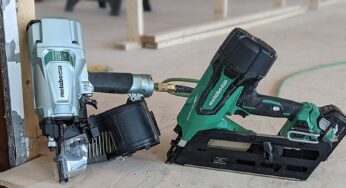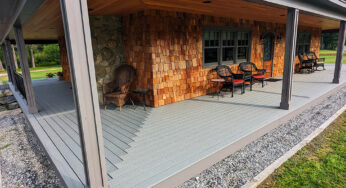Window Condensation – Part II
I recently posted about winter window condensation and I’ve received a lot of questions. I found some more information that should be useful in answering some of the questions:
Humidities should be controlled so that little or no condensation appears on the inside surface of the glass. With double glazing this still permits quite high relative humidities except during the most severe weather as indicated in the following which shows the maximum humidities that can be tolerated if condensation is to be avoided in the cold weather.
Outside Air Desirable Maximum
Temperature, F Humidity, %
-20 20
-10 25
0 30
10 35
20 40
If only single glazing is used, much lower humidities will produce condensation (less than 12% at 0 degree F); storm windows can be installed, however, to provide the thermal equivalent of double glazing and thus permit these higher humidities to be maintained.
In practice, condensation will occur first over the lower part of the window because the glass surface temperatures are not uniform, being lower at the bottom than at the top. Condensation at the base of the window and also at the sides tends to be more severe with metal sash and with some special units such as factory sealed double glazing where the method of assembly results in increased heat transfer at the edges. Drapes or other window coverings can contribute to the problem by restricting the flow of warm room air over the glass surface.
The homeowner need not measure the humidity directly, he can simply use the windows as a guide to the proper humidity level within the house. As soon as the objectionable condensation occurs on the inside surface of the window, steps should be taken to reduce the relative humidity by controlling the moisture sources or by increasing ventilation.
window condensation
window ice
home improvement
window performance
Recent Posts
Framing Stick Nailer vs Coil Nailer
Which is Better a Stick Nailer or Coil Nailer? Framers have many choices in nailers…
How Many Roofing Nails Per Square of Shingles
Estimating How Many Nails for a New Roof When it comes to estimating materials for…
Composite / PVC Decking – Layout Tips & Advice
Composite / PVC Decking Layout Tips and Advice Composite and PVC decking have really changed…
Benefits of an ERV System (Energy Recovery Ventilator)
Benefits of ERV Systems (Energy Recovery Ventilator) If you're building a new home or doing…
Vermiculite Attic Insulation Abatement
Vermiculite Attic Insulation If your home was built before 1990 there is a chance it…
Nuisance Tripping of AFCI (Arc Fault) Circuit Breakers
Arc Fault (AFCI) Circuit Breakers Tripping Often An arc-fault circuit interrupter (AFCI) or arc-fault detection…


